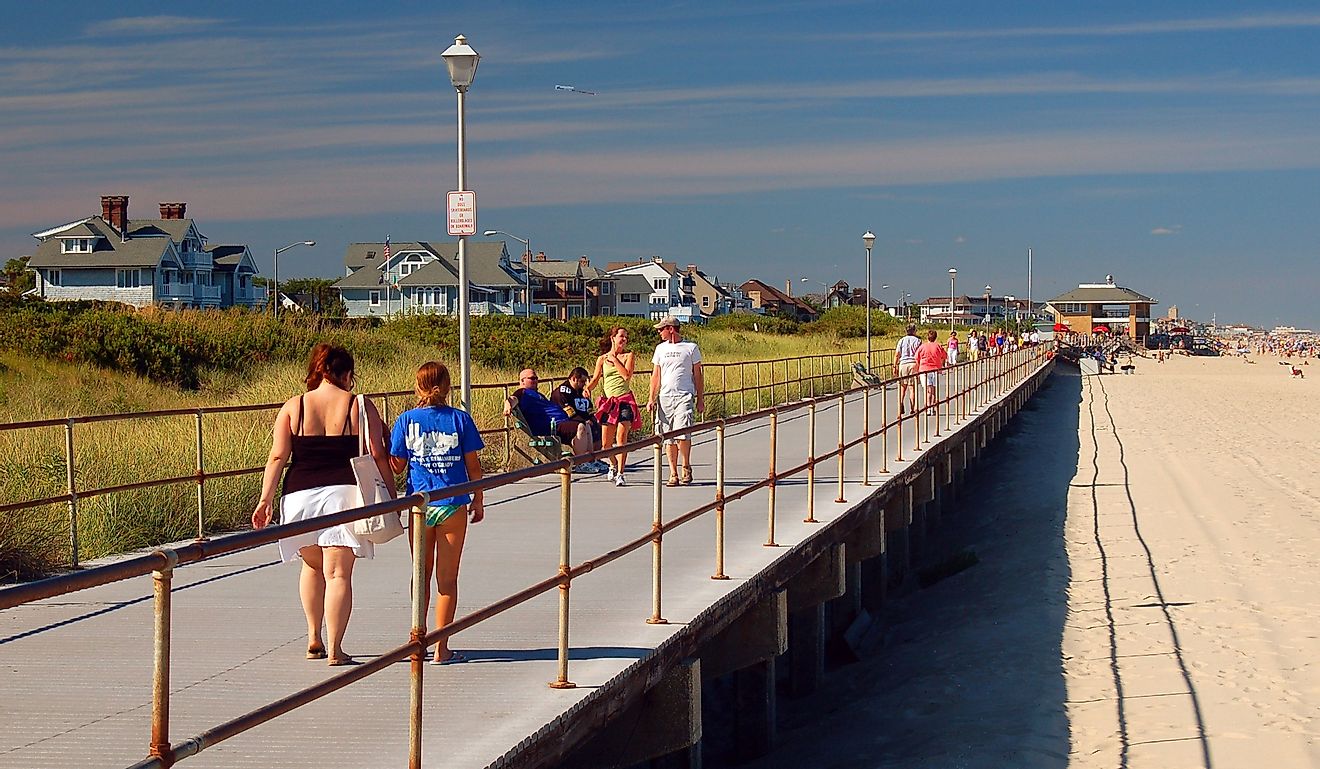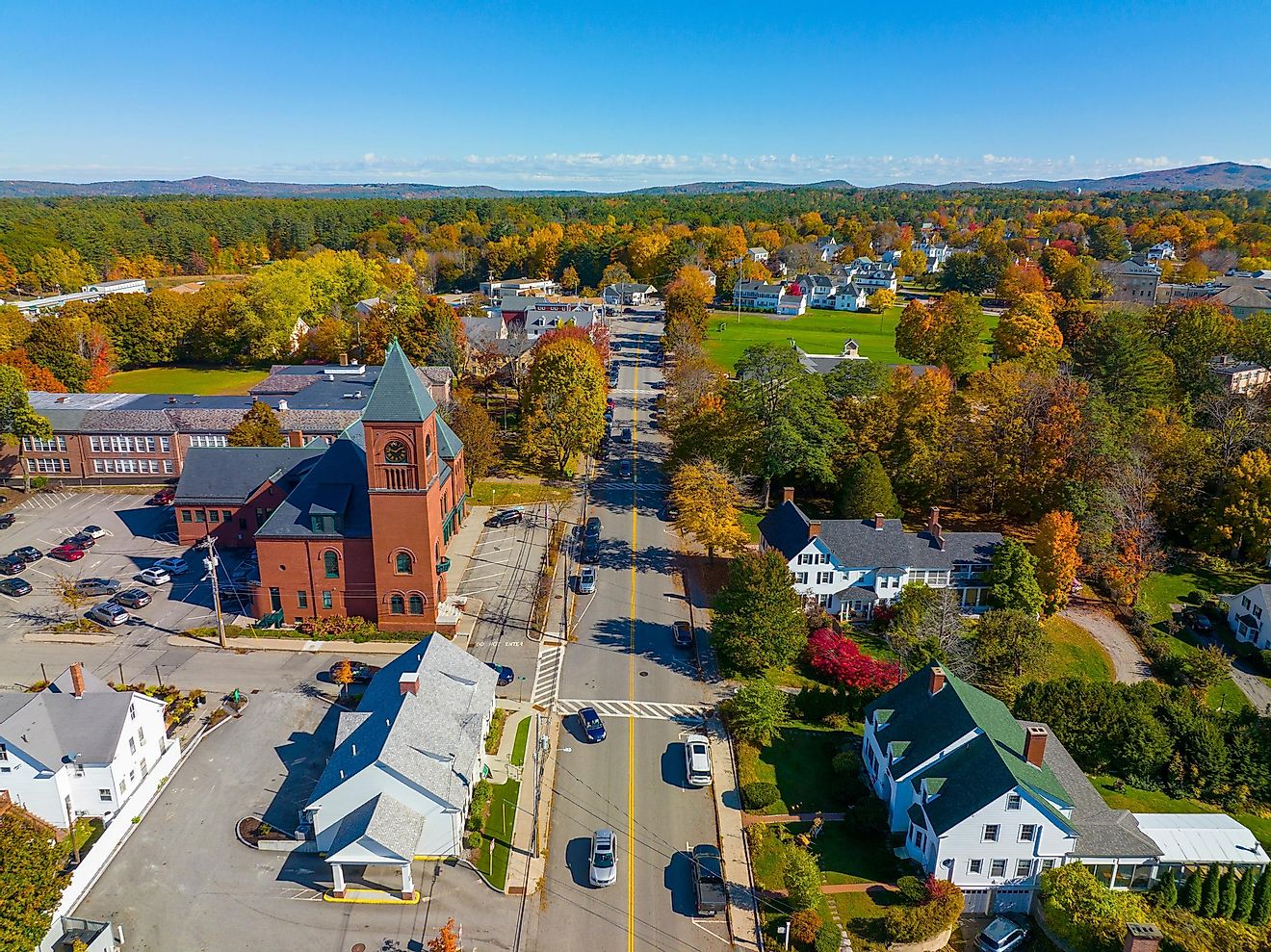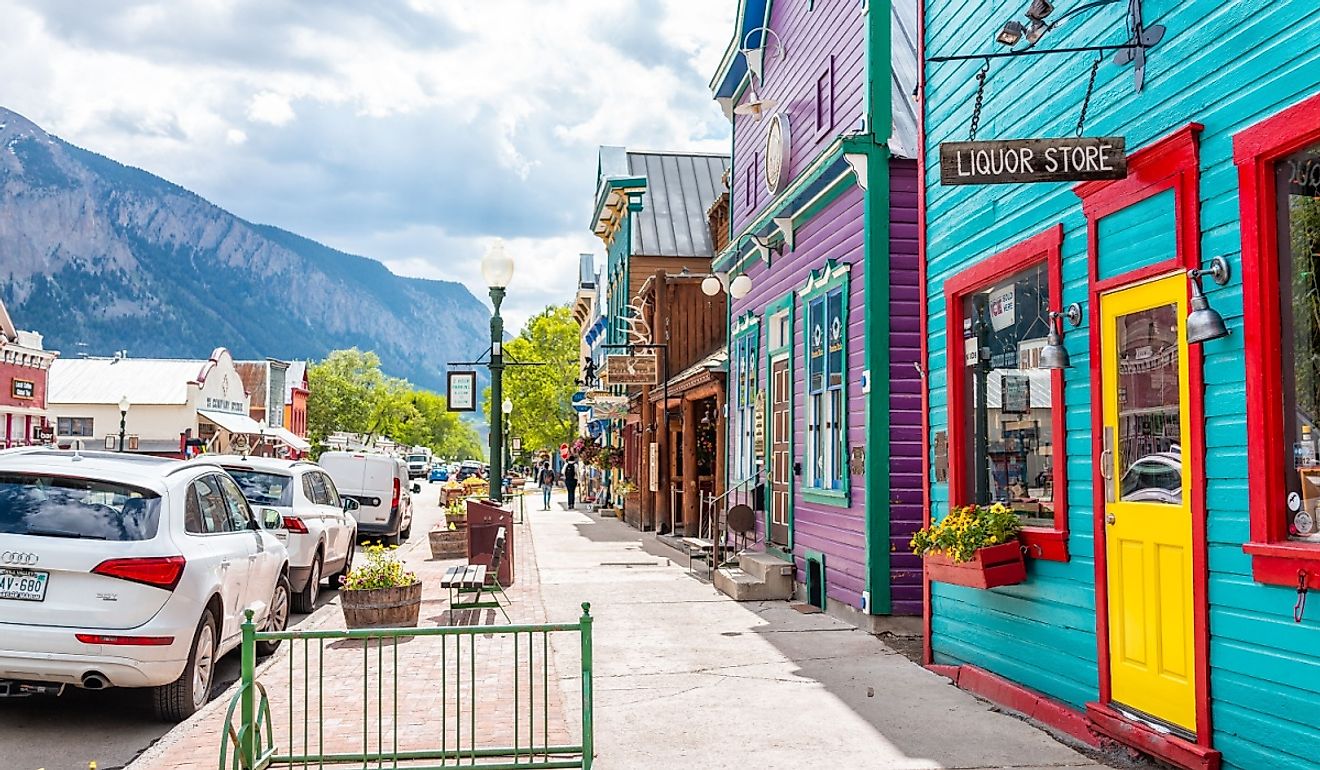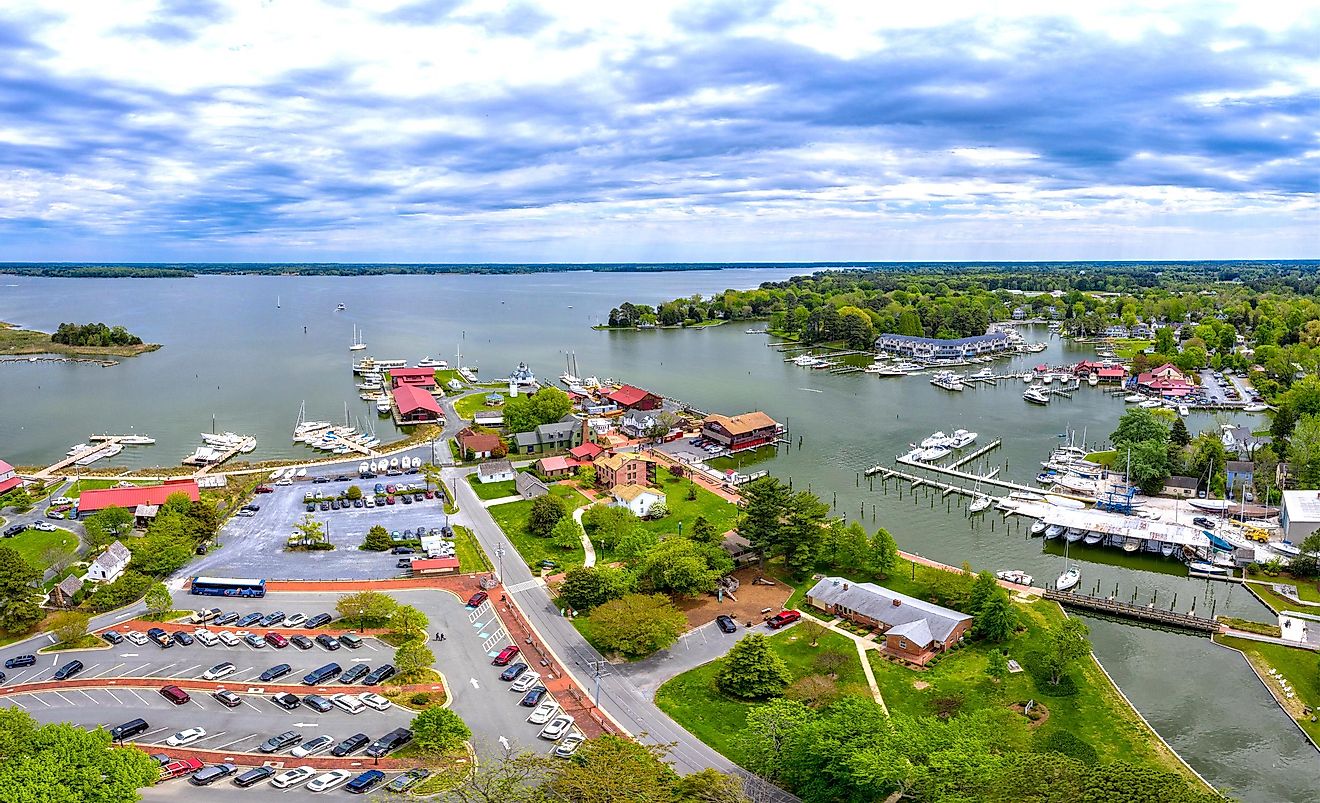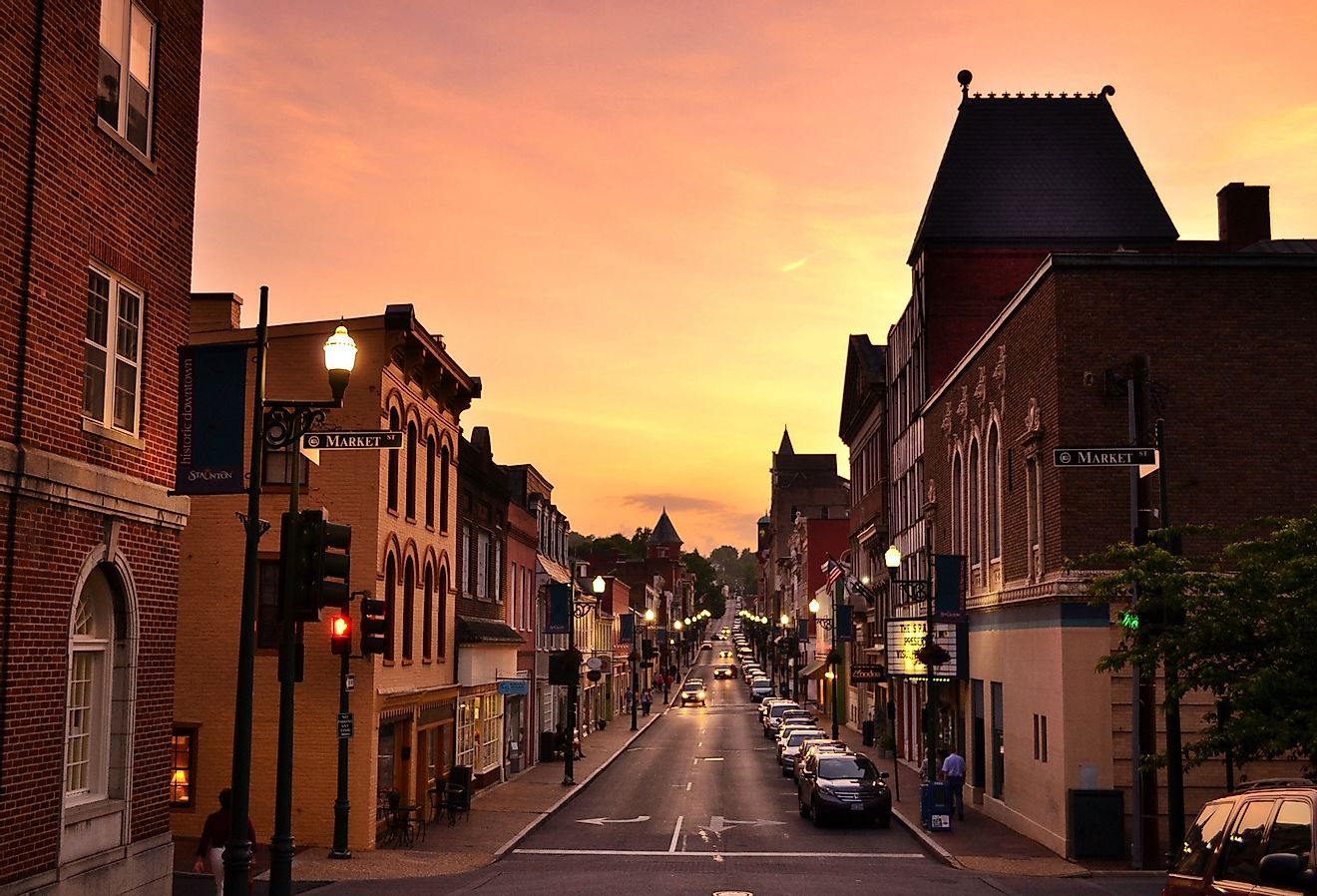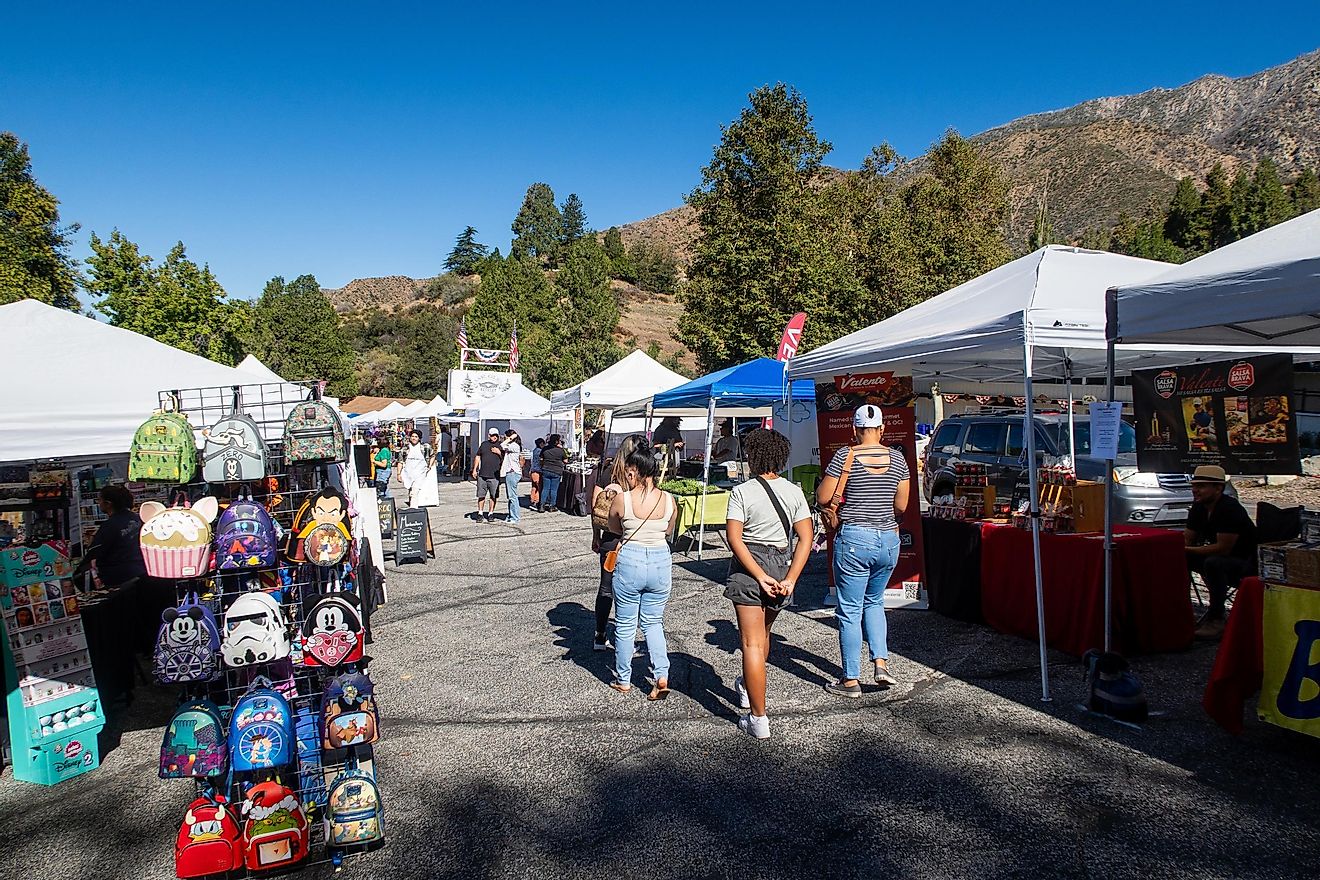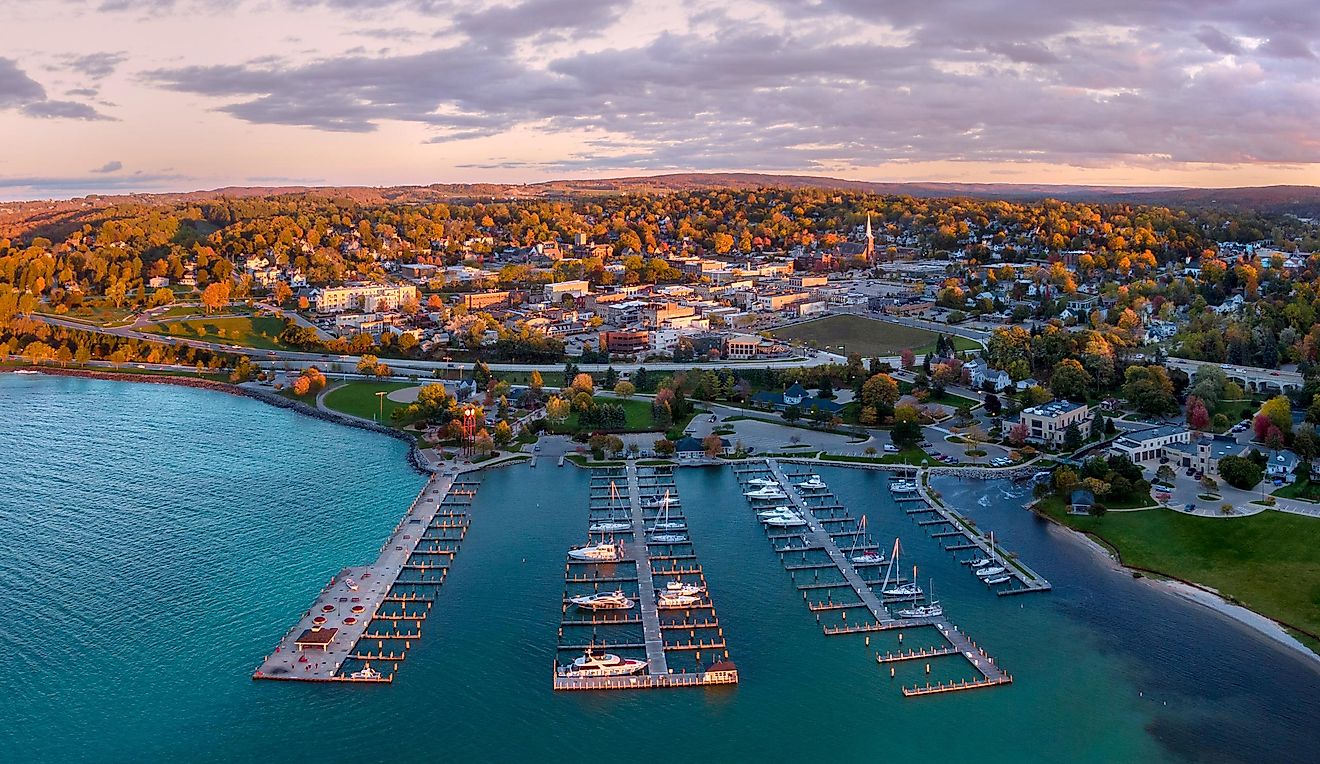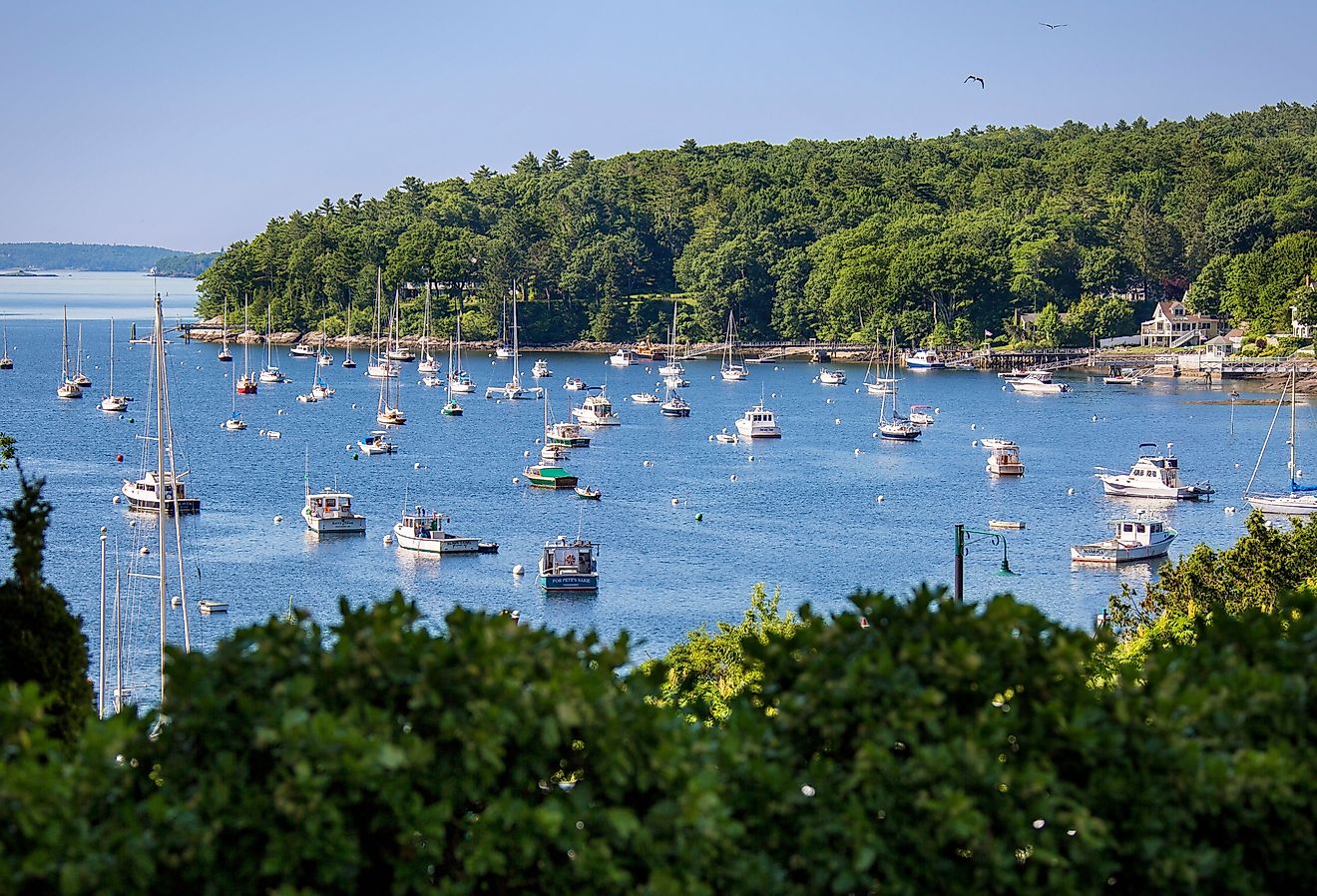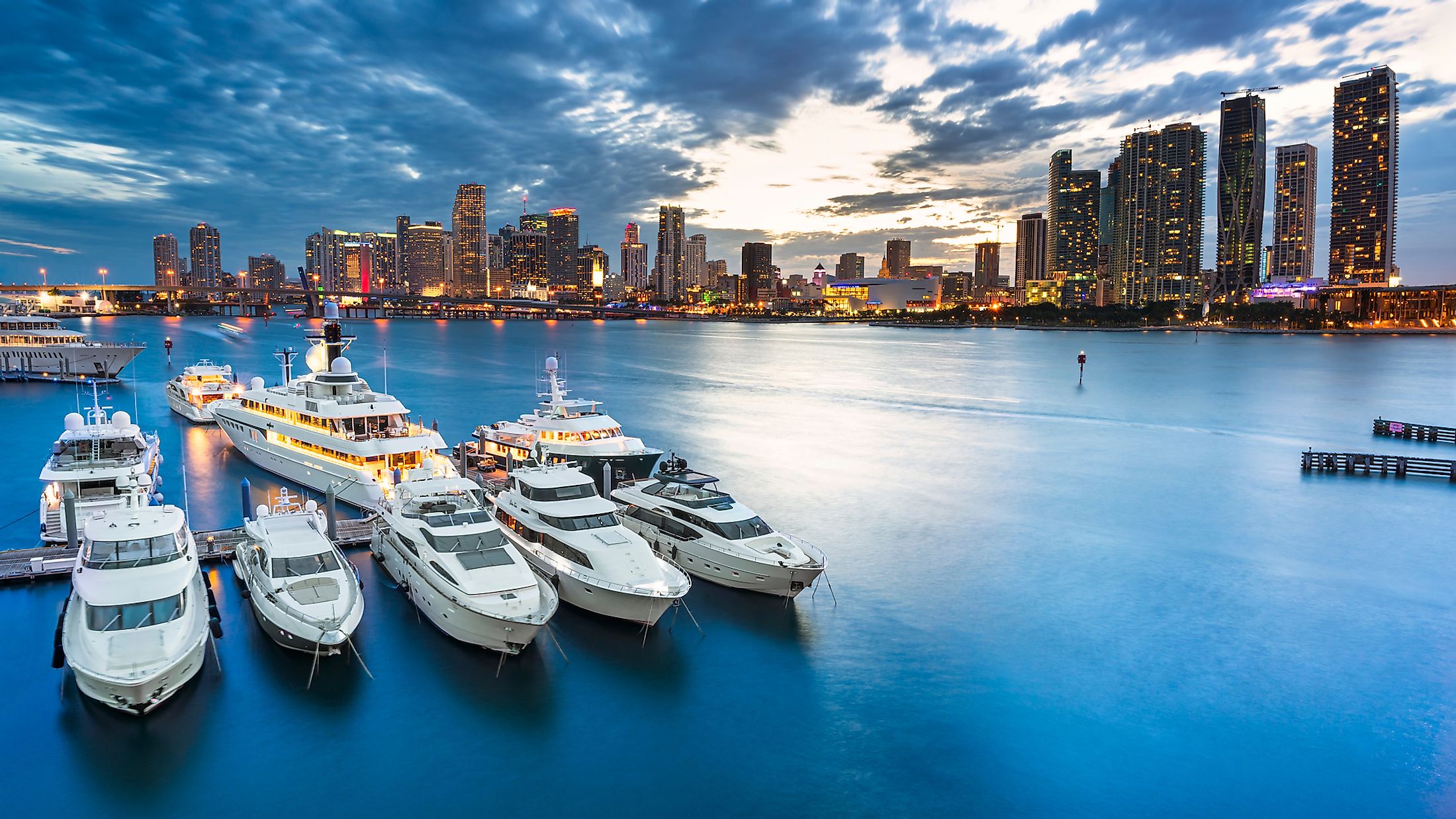
Miami, Florida
Officially referred to as the "City of Miami," Miami is a coastal city situated in the Miami-Dade County in the southeastern part of the US State of Florida. Miami is considered the nation's 44th most populous city, Florida's 2nd most populous city, and the 11th most populous city in the Southeastern United States. With more than 300 highrises, Miami has the 3rd largest skyline in the entire nation and is the principal center of finance, culture, commerce, and international trade. Nicknamed the "Magic City" and the "Gateway to Latin America," Miami serves as a major tourism hub attracting local and international visitors. It is also the nation's second-most visited tourist destination after New York City.
Geography Of Miami
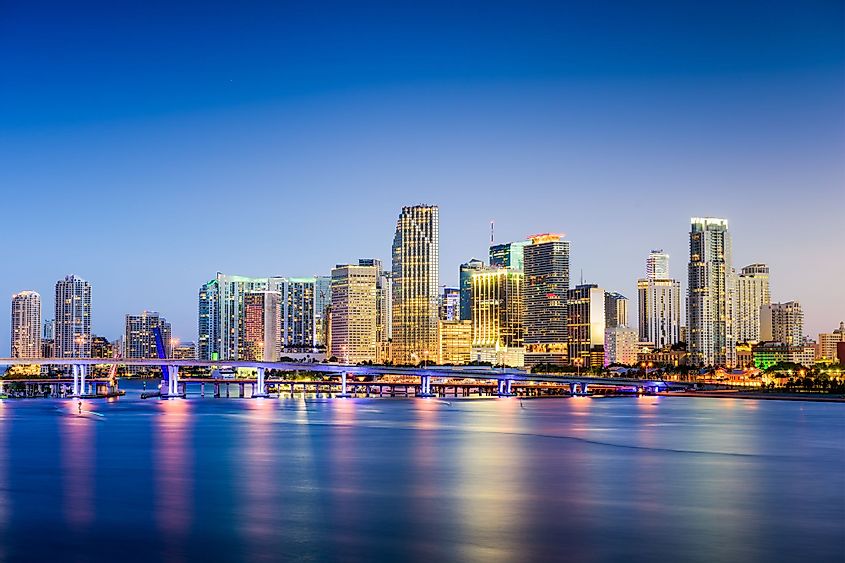
The city and its suburbs are situated on a vast plain bordered by the Biscayne Bay in the east and the Everglades in the west. As revealed by various geological studies, the Miami area is placed on a surface bedrock called the Miami Limestone or Miami oolite, formed due to severe changes in the sea level caused by the ice ages. In most city neighborhoods, the elevation averages about 1.8m above sea level, with the highest natural point in the city being the Coconut Grove located along the Miami Rock Ridge at an elevation of 7.3m above sea level. The three counties of Broward, Palm Beach, and Miami-Dade collectively make up the Miami Metropolitan Area, encompassing an urban area of 3,313 sq. km, making it one of the world's most populous urban agglomerations and 8th largest metropolitan area in the United States.
Neighborhoods In Miami
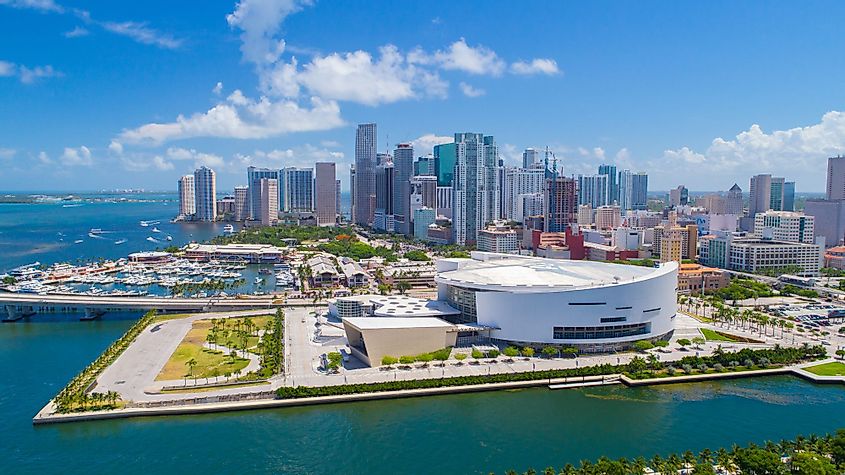
Miami is divided into north, west, south, and Downtown areas. Situated on the eastern side is Downtown Miami, which serves as the state's most prominent and most influential central business district. It includes the neighborhoods of Brickell, Watson Island, PortMiami, and Virginia. Located at the heart of Downtown Miami, the Downtown Miami Historic District is the largest historic district in the city. The country's largest concentration of international banks is in Brickell Avenue, while the Health District in the northwest of Downtown features many hospitals and research institutes. Often referred to as the "Cruise Capital of the World," Port Miami -is considered the world's largest passenger port and one of the largest cargo ports in the country.
The neighborhoods of Coconut Grove, Coral Way, and The Roads are located on the southern side of Miami. Coconut Grove is home to the city's City Hall and several parks, gardens, shopping malls, restaurants, nightclubs, and bars, making it extremely popular among the local college students. The neighborhoods of Flagami, West Flagler, and Little Havana are situated on the city's western side, while the northern side of the city contains the neighborhoods of Midtown, Edgewater, Design District, Wynwood, and Upper Eastside.
Climate Of Miami
According to the Köppen climate classification, Miami experiences a tropical monsoon climate with hot, humid summers and warm, dry winters. The city's climate is influenced by various factors such as its geographical position just above the Tropic of Cancer, coastal location, sea-level elevation, and proximity to the warm Gulf Stream. The hot, humid summer season lasts from May to October, where August is the hottest month with a high temperature of 31.6°C and a low temperature of 25.5°C. Daily afternoon thundershowers are common during this season, and much of the city's annual 1,572mm of rainfall falls during this period. The warm, dry winter season lasts from December to March, where January is the coolest month, with a low temperature of 17.2°C and a high temperature of 24.4°C. The time period from June 1 to November 30 is considered the official Hurricane Season. The city remains most likely to be hit by hurricanes from mid-August to the end of September, which is regarded as the peak of the Cape Verde hurricane season. Studies have revealed that Miami would be one of the major coastal cities in the United States that would be most severely affected due to climate change and the rising global sea levels.
The Population And Economy Of Miami
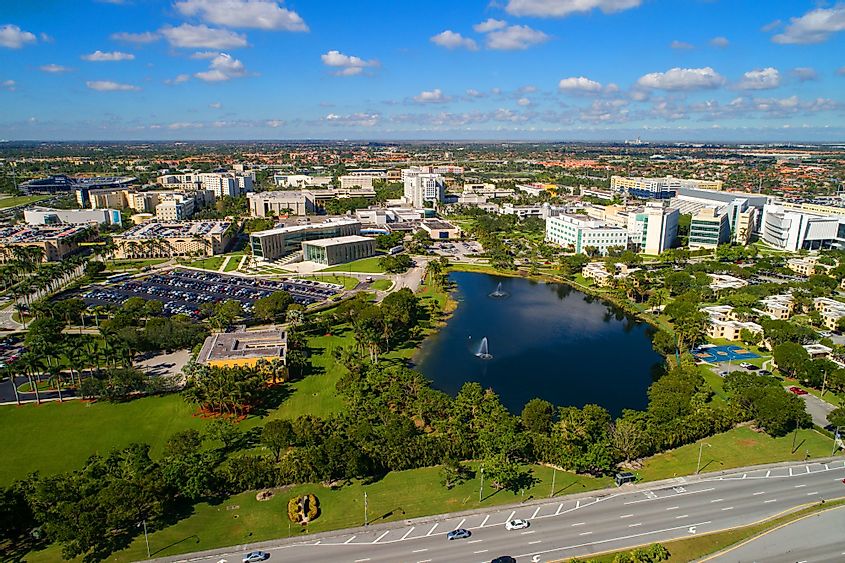
As of 2019, Miami is home to 467,968 inhabitants with a median age of 40.7. The city's population has dramatically increased from the last census, which showed that the city was home to 399,457 inhabitants. About 56.6% of the city's residents as of 2019 were born outside the United States. The largest ethnic groups in Maimi are the White, accounting for 77.1% of the city's population, followed by the Hispanics at 68.9%, African Americans at 15.6%, non-Hispanic White at 13.3%, and Asians at 1.2%. The city has a "minority-majority population," with the non-Hispanic White comprising less than half of the city's total population. The most prevalent religion in Miami was Christianity, followed by Judaism, Islam, Buddhism, and Hinduism. Spanish is the most widely spoken language in the city, followed by the city's official language English and other languages like German, Swedish, and French. About 71.6% of the residents of Miami are American citizens. Due to the city's high population of Spanish-speaking inhabitants, Miami is often nicknamed the "Capital of Latin America."
The median household income in Miami as of 2019 was $42,966, and the median property value was $358,500. Miami serves as a significant commercial and financial center, and the headquarters of many large companies are located in the city. The economy of Miami employs about 249,000 people in various large industries, including Accommodation & Food Services, Construction, Tourism, Finance & Insurance, Retail Trade, Professional, Scientific & Technical Services. About 72.3% of the city's working residents drove alone to work, and the average car ownership was one car per household. The largest colleges and universities in and around Miami include the Miami Dade College, Miami International University of Art & Design, the Florida International University, etc.
Tourist Attractions In And Around Miami
South Beach
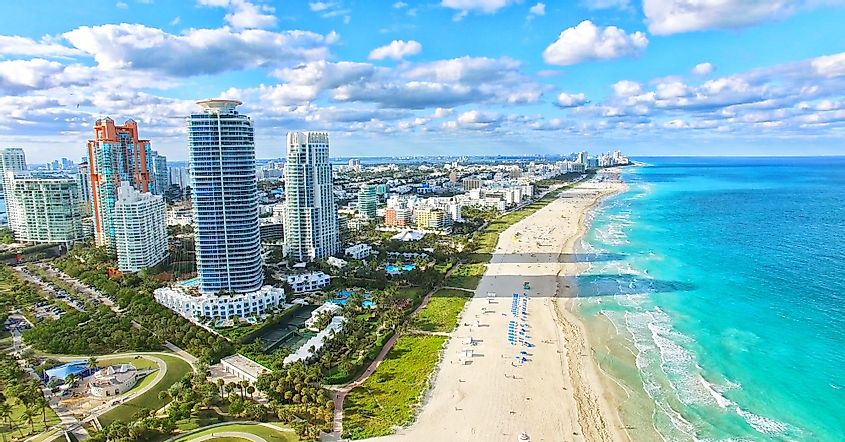
South Beach is a neighborhood located to the east of Miami city, between the Atlantic Ocean and the Biscayne Bay. Nicknamed as SoBe, South Beach is a major entertainment destination containing many hotels, restaurants, bars, cafes, and nightclubs. It is extremely popular among local and international tourists and is described as one of Miami's "hottest spots." The long sandy beaches and the oceanfront boardwalk serves as a perfect place for strolling, while the tropical waters are ideal for various water sport activities, including swimming and paddleboarding.
Art Deco District
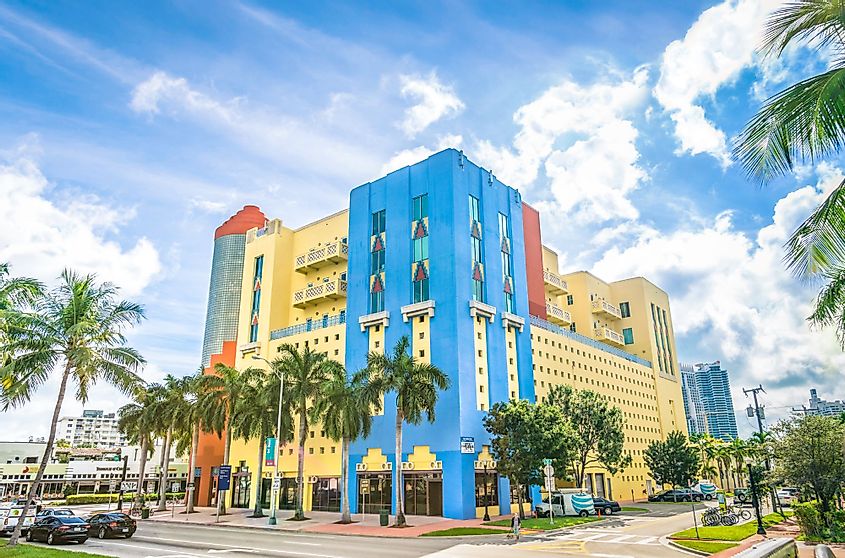
The Miami Art Deco District is situated in the South Beach neighborhood of the city of Miami Beach. Spread over an area of 5,750 acres, the Miami Beach Architectural District houses the world's most extensive collection of Art Deco buildings. The district is bounded by the Dade Boulevard and Collins Canal in the north, Sixth Street in the south, Alton Road in the west, and the Atlantic Ocean in the east. The Miami Beach Architectural District was added to the US National Register of Historic Places on May 14, 1979.
Jungle Island
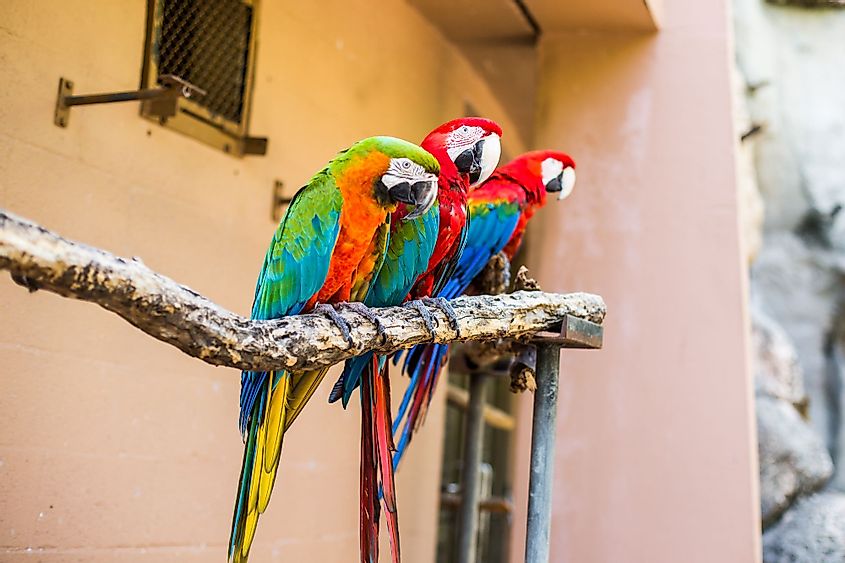
Jungle Island is a large eco-adventure park located in the Watson Island neighborhood just to the east of Downtown Miami. The park houses many animals and birds from all over the world, including parrots, cassowary, king vulture, Andean condor, African penguins, etc. The notable animals here include boa constrictors, snapping turtles, alligators, lemurs, etc. The park was originally founded on December 20, 1936, by Francis Franz and Louise Scherr in the suburban village of Pinecrest and named "Parrot Jungle." After transferring to its current location and being rechristened as Jungle Island, the park reopened on June 28, 2003.
Vizcaya Museum and Gardens
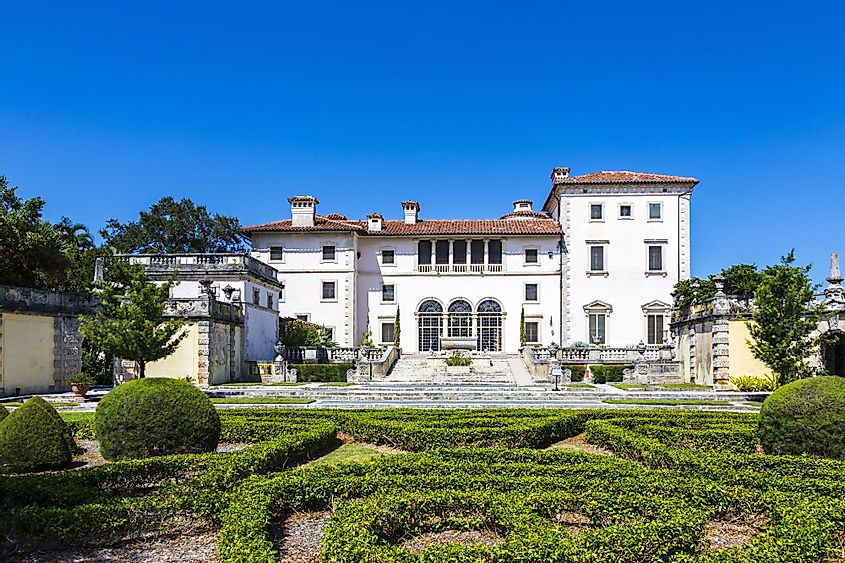
The Vizcaya Museum and Gardens, located in the Coconut Grove neighborhood of Miami, is the former villa and estate of the American businessman named James Deering. Spread over 50 acres, the Vizcaya Museum and Gardens consists of extensive Italian Renaissance formal gardens, a museum, and a native woodland forest. The Vizcaya Museum and Gardens was added to the US National Register of Historic Places on September 29, 1970, and was designated as a US National Historic Landmark District on April 19, 1994.
Brief History
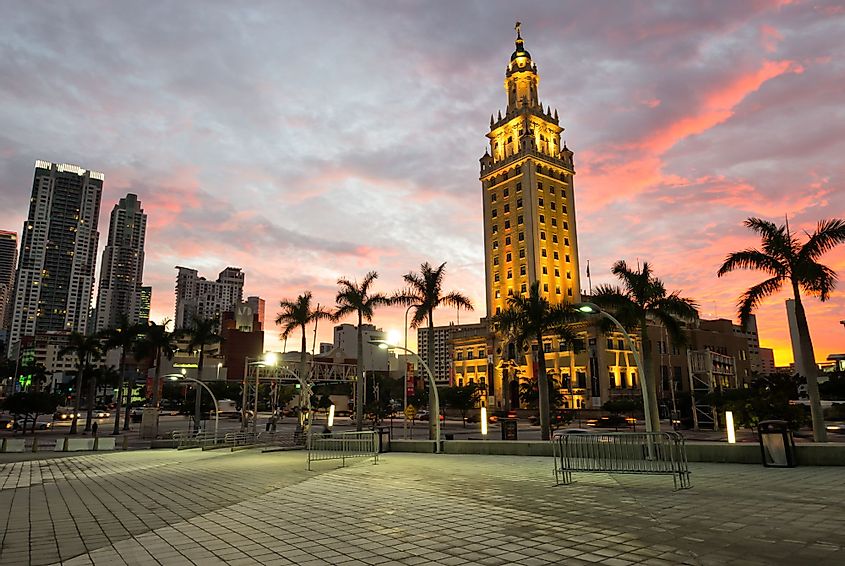
It is believed that the Tequesta tribe inhabited the present-day Miami area for more than two thousand years before the arrival of the Europeans. The area was claimed for Spain in 1566 by admiral Pedro Menendez de Aviles, and a Spanish mission was established in 1567. Spain ceded the Florida area to Great Britain in 1763. However, the Florida area was regained by Spain in 1783 and surrendered to the United States in 1821. To develop the Florida territory and drive out the Seminoles, a military base named Fort Dallas was built by the US on the banks of the Miami River in 1836. The land upon which the city of Miami was built originally belonged to an American businesswoman named Julia DeForest Tuttle. She became the only woman who founded a major American city and was called the "Mother of Miami." In 1896, the American industrialist Henry Flagler extended his Florida East Coast Railway to the area after Julia Tuttle and William B. Brickell gave him half of their lands. The area's name "Miami" has been derived from the word "Mayaimi," which refers to Lake Okeechobee's historical name and the Native Americans who lived around the lake. Miami was officially incorporated on July 28, 1896.
